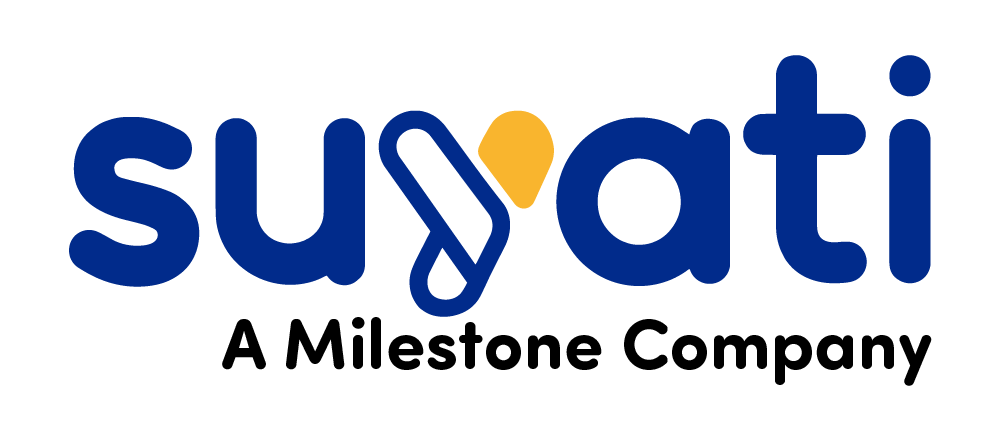
After Microsoft SharePoint hit the market, there was a huge buzz predicting its destiny. Recently, AIIM (a Silver-Spring MD-based data management organization) launched a survey to find out how SharePoint has fared among its users. They found that over 50% of the survey respondents felt that user adoption is a major issue because of absence of management support and insufficient training. The report also elaborates on how the organization is falling short of the technology’s needs than the other way round. To be fair, this survey involved about 240 SharePoint professional users who were also the part of AIIM. However, it is undeniable that there have been varieties of studies that have come up with similar insight.
Why is SharePoint a Pain Point for users?
The central challenge with adopting SharePoint throughout an organization is the manner of application and deployment. The management of transition poses a serious test to the companies. Even though enterprises are facing trials in usage of SharePoint 2016, there are no signs of its reduced adoption. Moreover, there has been a mild increase in its use. Over 25% of the companies who participated in the AIIM survey reported that SharePoint is the only or main Enterprise Content Management or Document Management system they use.
If we go by the numbers, we can notice that the shift to SharePoint 2016 is due for most of the respondents (only about 2% of the total respondents have begun to work with SharePoint 2016 edition). The most common edition is still SharePoint 2010 or 2013 along with a certain portion using SharePoint Office 365. It was found that most of the people did not have a clear idea about what the 2016 version offered and the implementations have been facing postponements, halts and stalls majorly due to resistance from users.
Most of the issues with using SharePoint revolve around not grasping the functions that SharePoint can fulfill, lack of strategy to employ SharePoint continually in employee’s workflow, absence of training to show how to increase productivity with SharePoint and lack of post-training or post-implementation auditing and evaluation.
Making SharePoint User-Friendly
SharePoint 2016 can be integrated into the organizational structure easily when its objective is clear. The main point is to grasp how it can synchronize with the overall infrastructure and to set out clearly the purpose it serves. Extracting from the AIIM survey, we can notice that many companies are ready to make the effort required to create an inclusive environment for SharePoint. Over 25% of the respondents had pointed out that they are planning to pump up the spending on SharePoint add-on products/services. Once companies come to discover the potential SharePoint holds for their productivity, they will be able to apply it fully. Discovery of such potential can be done by understanding how it can fit into the company architecture, following up by clearly stating the company goals and challenges. Here are some ways to make SharePoint a friendly unit of your company:
- Keep it Simple! It is critical that SharePoint adoption is a simple process. You do not have to highlight every bit and piece of the website design (particularly the workflow and automation process).
- Make it Home! Customize SharePoint to welcome the users- this can include the brand logo along with organization’s colors and theme.
- Keep Away the Tec(h-T)horns! Most importantly, make sure you have done a thorough check of the website. The user will move towards abandoning website if they face errors or failures for request items within the initial trials with the product. Set up a clear pathway for the users to communicate their issues with you.
- Talk, talk, talk! A significant part of user adoption is consistent and clear communication. Make sure you intimate the users beforehand about arrival of SharePoint: you should mention the progress of your project, why SharePoint is being introduced and how it is could affect the users.
- Be proactive! Establish a customizable SharePoint training module available through an easy medium, like web-series.
- Increase Participation! Ensure that you involve the different business units in deployment of the product. Let them have control over the content appearing on their sites, giving them the encouragement to explore uses of SharePoint.
- Constantly Evolve! Keep an eye on the series of functionalities that are used or ignored and remember to reintroduce the under-used features at constant intervals. Even though it is a great idea to revise the website to make it more user-friendly, you have to safeguard against alienating users by changes being made too-often. Balance the changes to be introduced in accordance with the amount of user adoption that has already taken place.
Even though the challenge of adapting your organization to SharePoint could seem colossal, the productivity and utility value make it worth the trail. Spread efficiency with SharePoint by implementing the tips in consideration of your brand’s ecosystem, its members and their perspectives! Comment on your experiences with SharePoint.
We can help you with adopting SharePoint to your organization seamlessly. Write to services@suyati.com and our experts will get back to you shortly.
About the Author

S. Karthikeyan, or SK as he is better known, has 19 years of experience in designing, leading and delivering world-class software solutions. His specialties include Product Ideation, Innovation & Strategy, Enterprise & Solution Consulting, Data Science Solutions, and Digital Transformation. As Chief Innovation Officer, SK ensures that experimentation and innovation continues unfettered at Suyati Technologies. He leads the Mekanate team that is developing a Digital Transformation platform using AI, ML, IoT and Big Data technologies. He holds a Masters Degree in Computer Application, and Advanced Certificate in Information Technology Management from IIM, Kozhikode. The opportunity to build technically complex solutions is what runs through his mind all day, and probably keeps him awake at night! Connect with him on LinkedIn.
